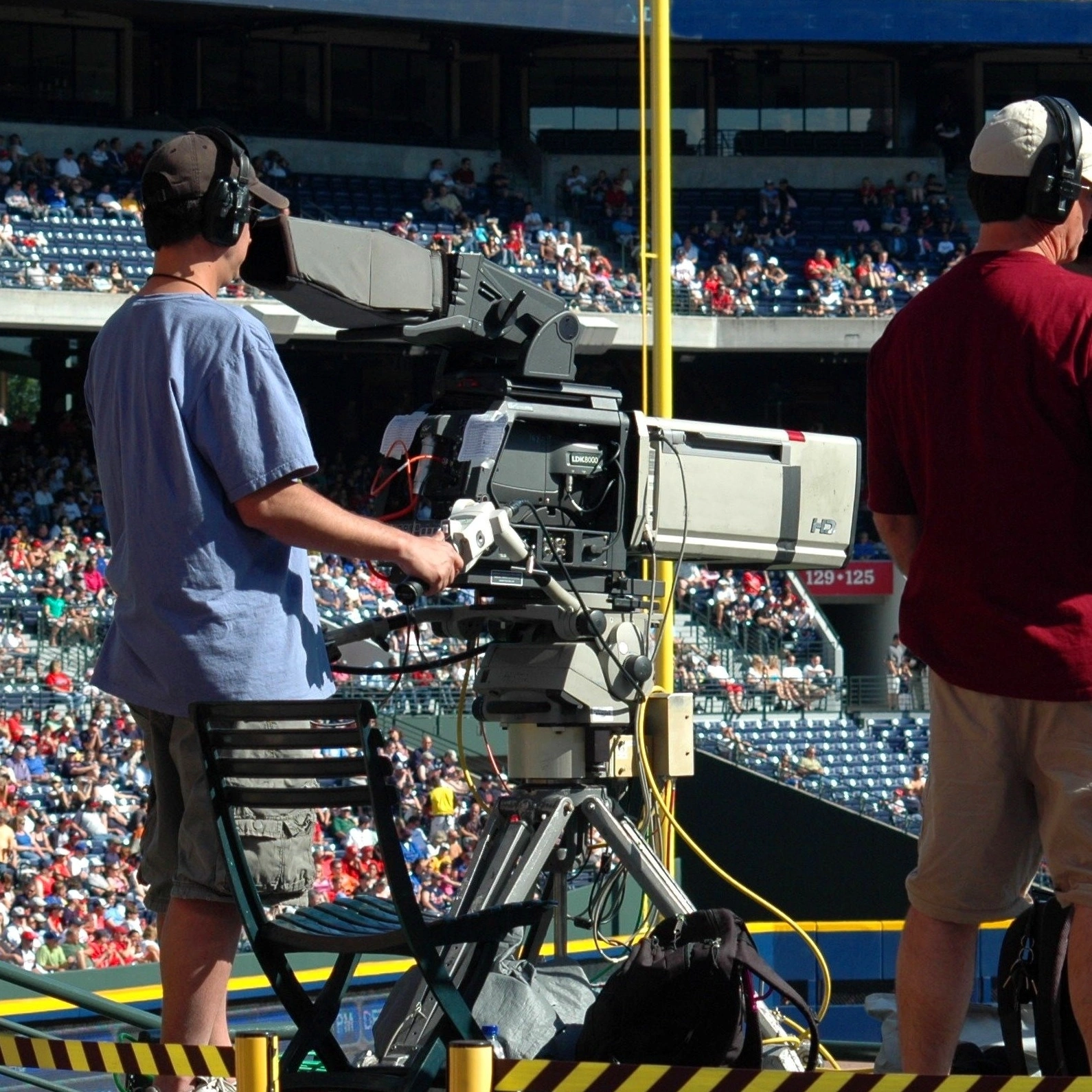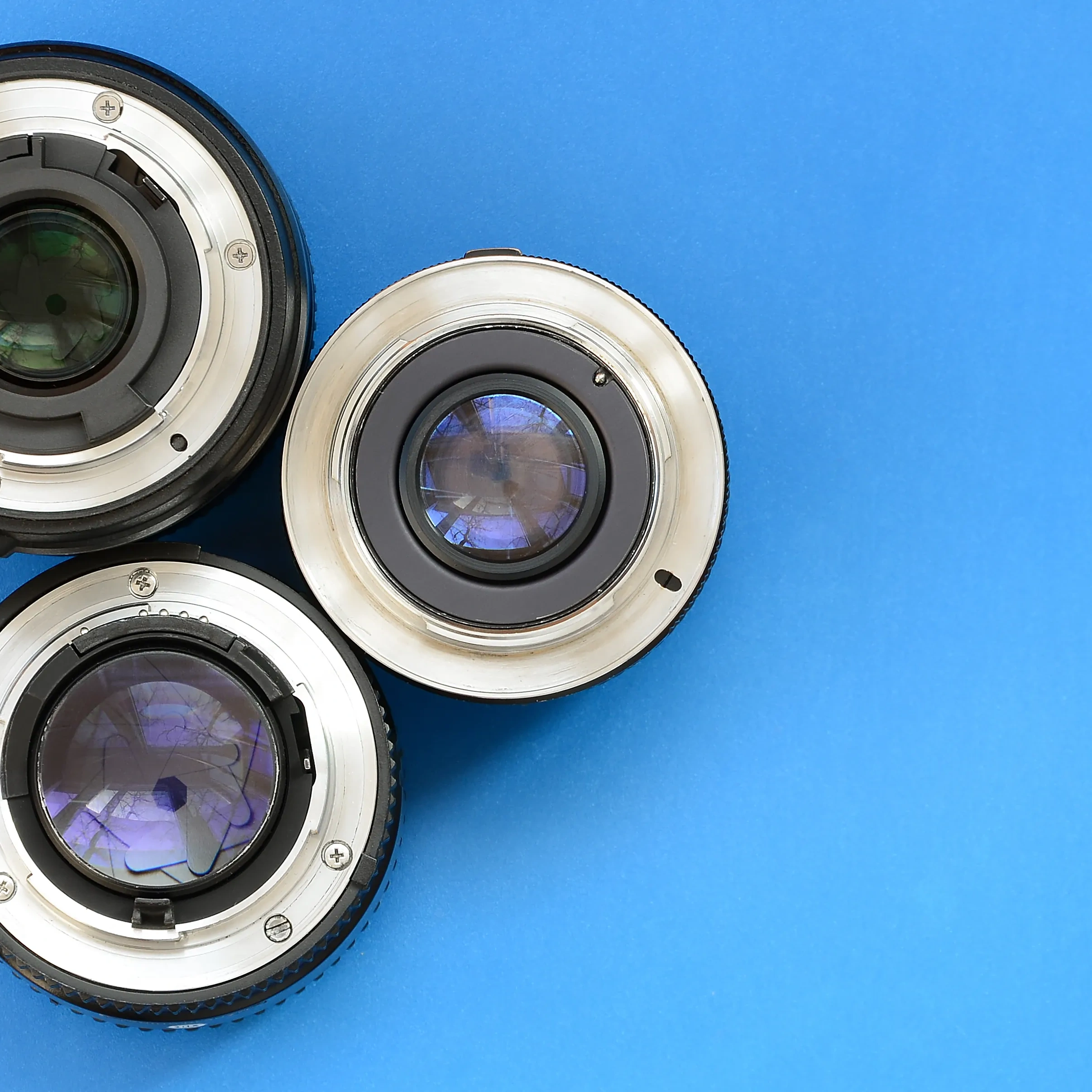Why Outdoor Arenas Punish Electronics
Open-air venues are brutal environments for precision imaging hardware. Driving rain, swirling dust, heat waves from asphalt tracks, sudden cold fronts during night games, and relentless vibration from temporary gantries all conspire to corrupt pixel-perfect signals. In a 4K sports broadcast, every dropped frame translates into lost ad revenue, frustrated viewers, and angry production teams. Traditional studio-grade equipment simply was not built for the combination of moisture, mechanical shock, and rapid temperature swings that define an outdoor event schedule. What production engineers need are rugged CoaXPress frame grabbers purpose-built to maintain outdoor live-streaming reliability no matter what Mother Nature throws at the lens.
The Frame Grabber: Nerve Center of the 4K Sports Workflow
Modern 4K sports broadcast pipelines depend on a high-speed link that can carry uncompressed video from camera head to production switcher with near-zero latency. The CoaXPress 2.1 standard dominates this arena because it offers deterministic bandwidth, embedded camera control, and long cable runs over inexpensive coax or fiber. Yet the standard alone does not guarantee success. The frame grabber in the OB truck or fly pack must ingest that stream, buffer it, time-stamp it, sometimes de-mosaic it, and hand it to GPU-accelerated graphics engines without a single hiccup. Any glitch becomes painfully obvious to spectators watching super-slow-motion replays or referee review footage. KAYA Vision’s Komodo III Quad CoaXPress 12G Frame Grabber and Predator II CoaXPress-over-Fiber Frame Grabber are engineered from the PCB up to secure every bit of action, from sunrise qualification heats to trophy presentations lit by fireworks.
Rugged Design Principles Inside KAYA Vision Hardware
Outdoor live-streaming reliability is first won at the mechanical level. Both Komodo III 12G and Predator II cards employ fan-less, passive cooling that eliminates moving parts and the failure modes that accompany them. The boards are built on high-temperature FR-4 substrates with UL 94 V-0 certification, ensuring stable impedance even under scorching sun. Precision-machined Micro-BNC (Komodo) and SFP+ (Predator) connectors lock CXP cables against accidental kicks by camera operators. On the electrical side, the cards include opto-isolated GPIO lines capable of withstanding up to 30 V—ideal when integrating stadium strobe lights or slate sensors on long unbalanced runs. Integrated glitch filters with 8 ns resolution reject the EMI bursts produced by pyrotechnics or two-way radios. A 64-bit hardware time-stamp tags every frame with 8 ns precision, so synchronization remains intact even when GPS-based time sources momentarily drop.
Thermal Resilience: Live After Halftime Heat Soak
During a mid-July soccer cup, surface temperatures inside a remote-production rack can exceed 50 °C once the truck doors close. Komodo III 12G continues to deliver a sustained 6.7 GB/s DMA bandwidth across the PCIe 3.0 x8 bus at these limits, thanks to a 17 W thermal design that spreads heat through generous copper pours. Predator II is specified from 0 °C to 50 °C but has been field-tested by broadcasters at desert rally championships where cabin coolers failed and internal temps spiked to 55 °C; image integrity remained unaltered. When temperatures plunge below freezing for a New Year’s Day hockey classic, the board firmware performs a brief self-test sequence and powers the video path only after internal regulators stabilize, preserving both camera and host motherboard life span.
Choosing Between Komodo III 12G and Predator II
Production managers frequently ask which rugged CoaXPress frame grabber fits their outdoor workflow. The answer depends on camera count, bandwidth, and truck space:
- Komodo III 12G: Four links per card handling an aggregated 50 Gbps make it ideal for multi-camera slow-motion rigs behind goal posts or baseball cages. The onboard 4 GB DDR4 buffer supports continuous circular recording for instant replay, and PoCXP delivers 24 V at 13 W per connector, eliminating external camera power bricks that could short out in rain.
- Predator II: A single SFP+ CoaXPress-over-Fiber link offers EMI immunity and 10.3 Gbps bandwidth, perfect for drones or cable-cam systems where weight is paramount and long fiber runs surpass 300 m. Its low-profile PCIe 2.0 x4 form factor slips into compact NUC-style PCs used for graphics insertion at temporary sideline stages. The board features 512 MB of DDR3 memory—ample for burst capture and real-time analysis in lightweight hosts.
Both share the same ANSI C, Python, and GenCam API set, so software crews can swap hardware without rewriting a single line. For hybrid events combining coaxial in-stadium cameras with fiber remote positions, the identical register map simplifies inventory and operator training.
Software Reliability: From Driver to Dashboards
Rugged hardware is only half the story. KAYA Vision provides signed Windows 10/11 drivers and auto-compiled Linux kernel modules tested on Ubuntu 22.04, NVIDIA Xavier AGX, and Orin AGX. During a basketball playoffs where an update forced a mid-series switch from a Windows switcher to a Jetson-based graphics node, the same Komodo driver compiled in minutes on ARM64, and the crew salvaged the broadcast window. The cross-platform GUI allows live histograms, temperature telemetry, and packet counters, giving engineers early warning of connector fatigue before viewers notice macro-blocking. Statistics for dropped packets, CRC errors, and link resets can be exported as JSON directly into Grafana dashboards, integrating infrastructure monitoring with network QoS metrics.
Integration Tips for Bulletproof Outdoor Live Streaming
- Route CoaXPress cables inside flexible, UV-rated conduits. Even rugged gear suffers if connectors are bent beyond spec. Micro-BNC elbows keep camera backs flush to enclosures.
- Use the onboard quadrature encoder inputs on Komodo III to synchronize virtual offside lines with camera pan/tilt heads, reducing artificial jitter during augmented-reality replays.
- Assign one opto-isolated GPIO line as a moisture alarm tied to smart junction boxes. When humidity rises, the frame-grabber event system can force the switcher to a backup camera path automatically.
- Leverage frame-accurate time-stamps for SMPTE 2110 gateway alignment. KAYA Vision provides sample code in Python that mixes CoaXPress capture with PTP timing to hit sub-microsecond lip-sync targets.
- Activate user-programmable LUTs to pre-linearize high-contrast scenes such as floodlit night matches, easing downstream HLG HDR processing.
Security and Remote Diagnostics
Outdoor venues often rely on cellular or VSAT backhaul, exposing IP systems to the public internet. KAYA’s low-level drivers support signed firmware blocks that prevent malicious code injection at the DMA level. Remote engineers can query board serial numbers, voltage rails, and fan-less temperature sensors over an encrypted tunnel, isolating potential failures before an outside broadcast truck rolls hundreds of miles to the next venue.
Beyond 4K: A Path Toward 8K and High-Frame-Rate VR
While today’s priority is flawless 4K sports broadcast, the same rugged CoaXPress frame grabbers have enough headroom for the next wave of content. Komodo III 12G’s 50 Gbps aggregate input already supports dual 4K 120 fps feeds or a single 8K 60 fps stream with 4:2:2 chroma. Its PCIe 3.0 x8 interface delivers up to 7.9 GB/s of peak bandwidth into GPUs ready for 8K HDR graphics insertion. When cameras evolve to future versions of CoaXPress, KAYA Vision’s modular firmware can be field-updated over trusted channels, protecting the mechanical investment that production companies have bolted into their shock-mounted racks.
Sports rights premiums are skyrocketing. A momentary signal blackout can trigger penalty clauses that dwarf equipment costs. By selecting frame grabbers manufactured to endure sandstorms, snow squalls, and power faults, broadcasters transform capital expenditure into an insurance policy. The measurable benefit emerges in reduced truck call-outs, fewer last-minute equipment rentals, and uninterrupted advertising slots that uphold brand credibility. KAYA Vision’s worldwide logistics network ships replacement boards within 24 hours, but chances are you will never need them: failure rates logged over three seasons sit below 0.1 percent across thousands of deployed cards.




